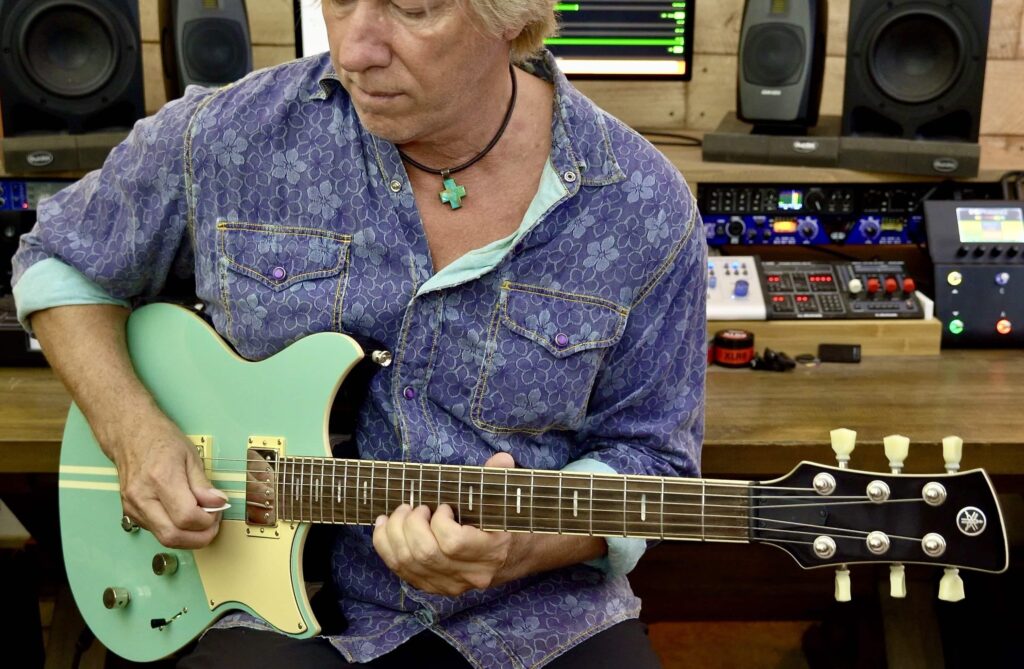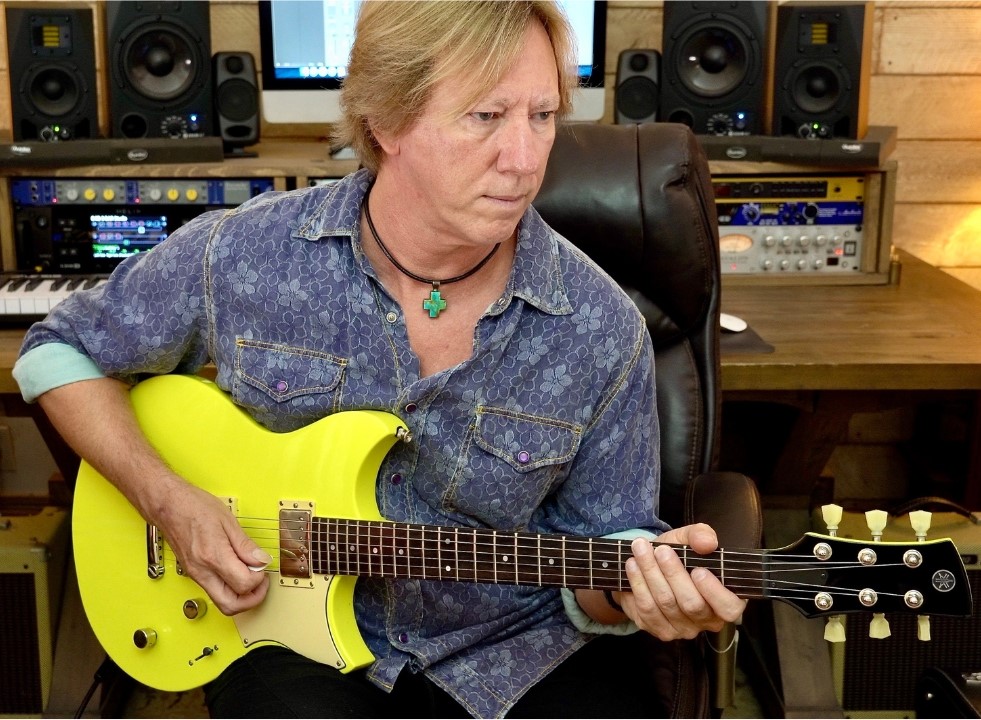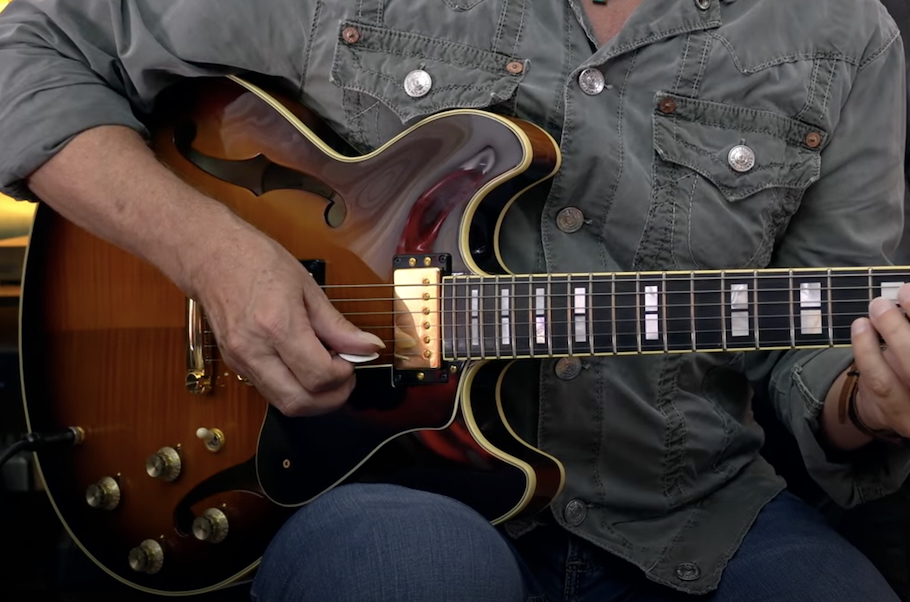Five Surprising Ways to Find Gigs as a Guitar Player
Design your destiny.
I’ve always been an advocate of creating a job, rather than finding one. This gives you control over both the employment details and the job description, along with the ability to adjust each parameter to personal taste.
I know this entrepreneurial approach isn’t for everyone — especially those who aren’t self-starters — but it’s served me well for many decades.
Of course, there are multiple ways to earn a living within the music industry: anything from executive positions within major corporations to retail store sales positions, content creation, teaching, and of course, live performance. In this posting, however, I’d like to cover one specific area of the music industry and share five surprising ways to find (or create) a gig as a guitar player.
I’ll assume you are at a reasonably proficient level of ability, have good gear and a list of songs that you can perform at a moment’s notice. Repertoire will be essential if you are a solo performer, jazz musician or cover band musician: You’ll need a shortlist of standout tunes you can use for auditions, as well as a more extended list for when you land the job. Most live performance engagements last for three hours, typically broken up into three 45-minute sets, though sometimes the first set needs to be an hour long to get the audience “hooked” and excited.
Here are five tips for landing a gig as a guitar player:
1. Subbing
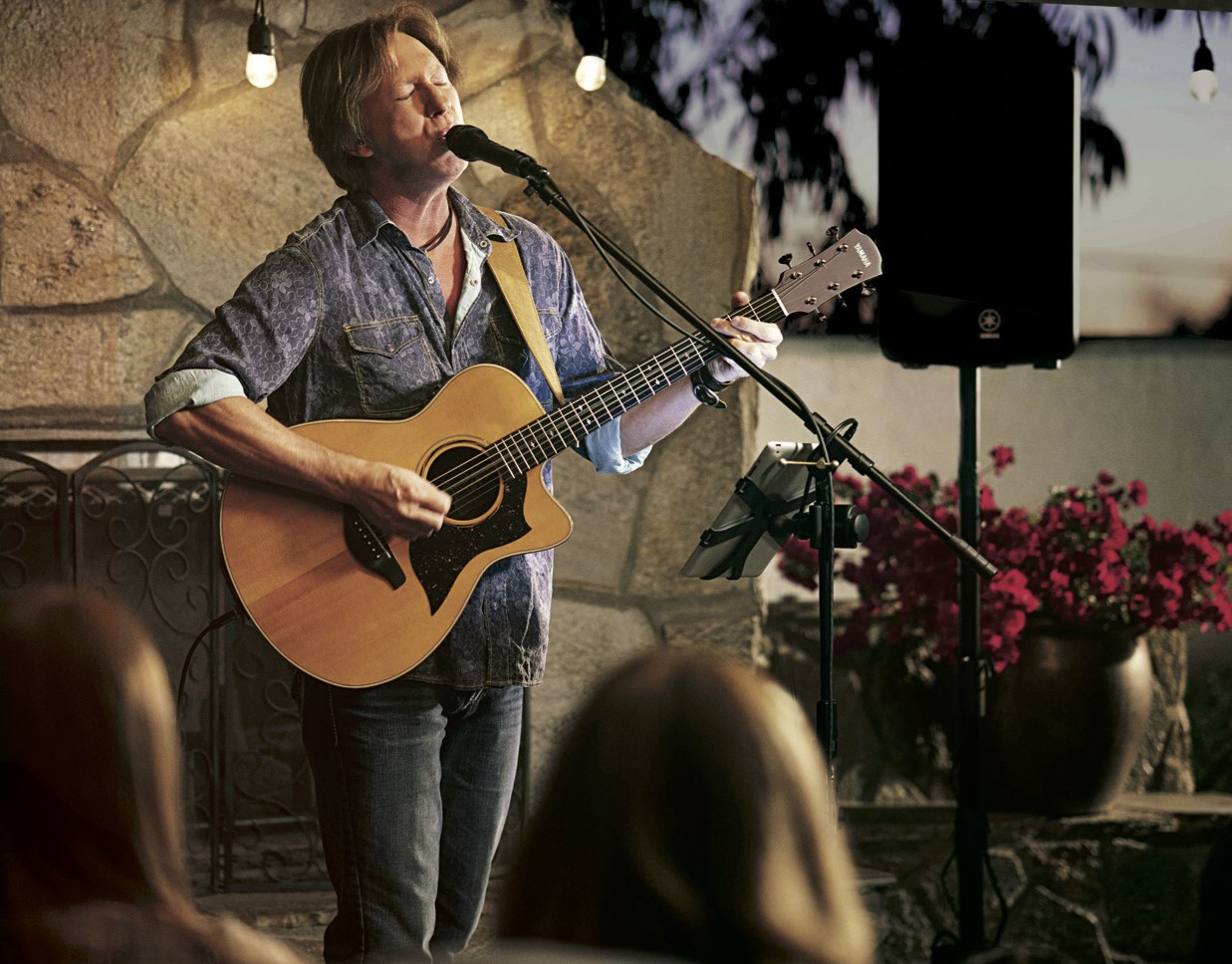
The first thing I did when I moved to Nashville (and later to Kona, Hawaii) was to go out and meet the local players who already had established gigs. Making friends with these musicians will allow you to tell them who you are, what you do, and offer your services should they ever need a last-minute stand-in (a “sub”) for their regular gig.
I’ve literally been called or texted an hour before a gig to fill in for a booked artist. These positions can turn into a regular engagement if the artist moves on to a better time slot or venue, or leaves town altogether. For me, many of these initial substitute gigs turned into lucrative long-term resort residencies.
Think about it this way: Helping a fellow musician out of a tight spot builds good faith, shows willing professionalism, and allows you to showcase your talents to the venue management. Win-win!
2. Become a Sideman
In the major music hubs like New York, London, Los Angeles and Nashville, there are long lists of musicians that are available to play one gig, a weekend run of dates, or a world tour. These players aren’t necessarily looking to join a band, but are instead sidemen that work for hire to back up an artist. These gigs can become regular engagements, and even sometimes turn into band positions, though management, artists and labels often prefer to offer a short-term contracts to session players instead.
Sideman opportunities may arise through friends, your listing in a session agency or the Musicians Union, or simply because you’re well known in the industry as a reliable asset to any performance situation.
If you’re extremely professional, proficient in multiple styles of music, have a cool vibe, learn fast, get on well with people and are available for travel on short notice, this might be the ideal gig for you. Just remember that when these kinds of jobs come to a close, so do the revenue streams that are associated with them. Generally speaking, sidemen get paid for the performance day, not the travel days. This may mean being on the road for five days but only getting paid for three — something you might want to consider (or negotiate) before accepting the gig.
3. Worship Gigs
If you attend a church that features weekly live music, you’ll notice just how amazing some of those players are. That’s because many of them are professional musicians during the week, and support their faith through performance in church on Sunday.
Many musicians take these kinds of jobs just to network with the talent on those stages. The worship industry is huge, and that simple “church gig” could well turn into a major placement as a session player, bandmember or as an artist in your own right.
You’ll often find multiple guitar players onstage at worship gigs. If you hope to join them, make sure both your electric and acoustic skills are up to par. As a bonus, if you sing or play bass, keyboards or percussion, you’ll become known as a multi-instrumentalist, and your financial value will increase dramatically.
4. Jam Nights
Many clubs host a weekly jam session, and playing at them is a great way to showcase your skills. Quite often, these venues will have a house band that you’ll jam with. These players are likely to be working with many other musicians on the local music scene. Impress those guys, and your name will be whispered through the ranks of other well-respected players in town. Never underestimate the power of impressing people at a low-key event!
Performance jam sessions are also a great way to work out new material and/or conquer any stage fright issues that may be holding you back. You may also meet other participants or attendees that simply need a back-up guitar player for a gig or recording session.
5. Songwriter Rounds and Open Mic Nights
Songwriter rounds and open-mic nights are another great way to showcase your skills (and your songs, if you write). More often than not, other writers or attendees will jam with you, or you with them, by playing fills, singing harmony or taking solos. I did this a lot when I lived in Nashville, and I can’t tell you how many times I was asked to play a gig, record a session or collaborate on a project after a show.
If you’re in a music hub like Nashville, you’ll get to hear the newbies working out the kinks in their performances, but you’ll also witness the master musicians that turn heads with every note they play or sing. But even in off-the-beaten-path places like Hawaii, these kinds of events can provide great networking opportunities. One evening I was playing at the “First Fridays” art walk in Holualoa. I was there to support a local art gallery, playing for tips, and I met a couple of very influential people that were very impressed by my performance. That “free” gig led to some of the most lucrative resident gigs and private events I’ve ever played.
The Video
One of my favorite gigs is representing Yamaha guitars at trade show events. In this video, I’m playing to a group of NAMM attendees that are enjoying the tones of a Yamaha SA2200 semi-hollow body electric guitar played through a Line 6 Helix processor and a Yamaha STAGEPAS 1K (now replaced by the STAGEPAS 1K MkII) PA system.
After this performance, the guitar player and keyboardist for a mega-star artist asked me if I’d be interested in playing guitar in the band for the next tour. It’s these kinds of opportunities that arise when you are active within your industry.
The Guitar
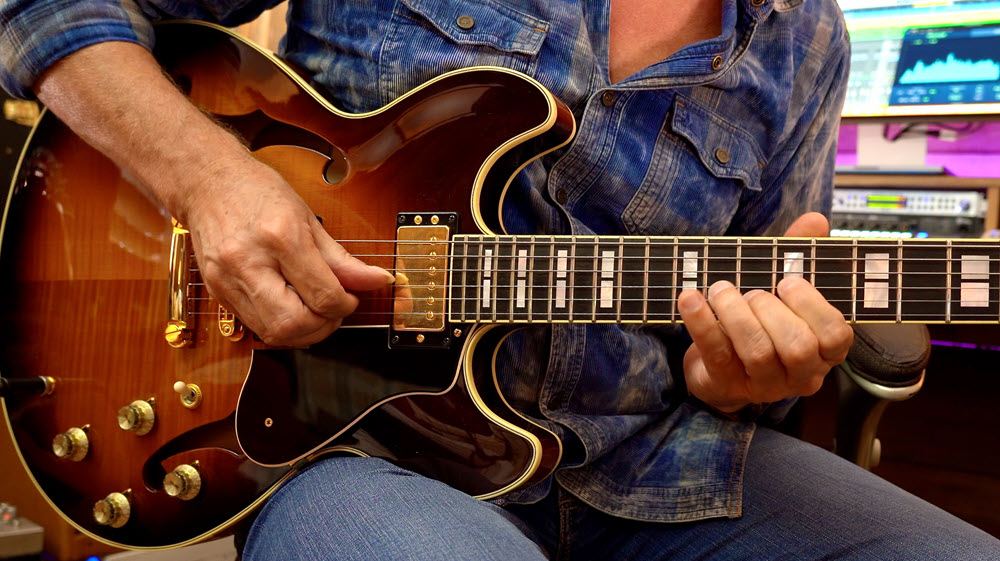
The handmade Japanese-crafted sunburst SA2200 semi-hollow guitar is my favorite instrument in the Yamaha guitar range. The tone, playability and cool vibe it offers resonate perfectly with my stylistic approach — and I hear the same positive comments from every musician who has ever played one. It’s just one of those guitars that works well in so many genres of music.
The Wrap-Up
I’m a huge believer that we, as humans, are transmitting thoughts, desires and all sorts of communications into the ether.
But it’s a two-way street: You also need to have your antenna “open” and tuned in to receiving messages of guidance. We can wait for divine inspiration, a sign, or the muse to appear, or we can choose to be proactive and manifest the reality we want, and the jobs we desire most.
Activity breeds activity, and we have the ability to create the realm we live in: that’s what consciousness is, after all. So go out and manifest that amazing gig you’ve always dreamed of!
Photographs courtesy of the author.











